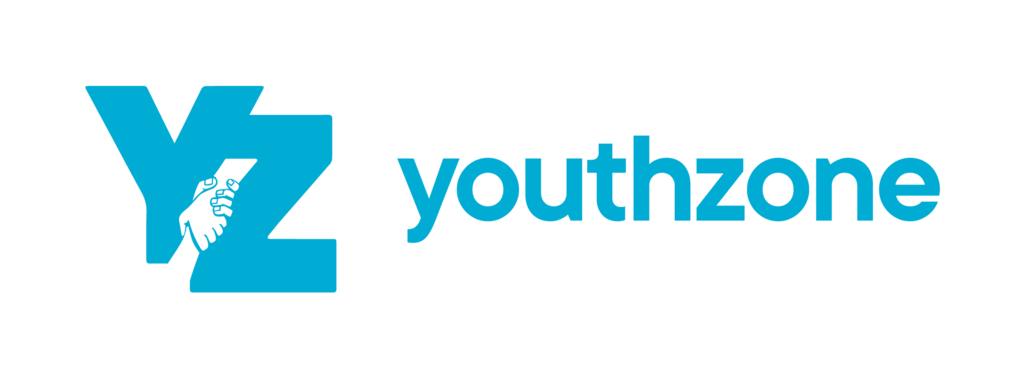by Lisa Sobke, Restorative Justice Coordinator
This Spring, I got a call from the District Attorney’s office asking me to explore doing a Restorative Justice meeting with a 19-yearold from a nearby community. Mathew had driven drunk and rolled his truck, resulting in life-threatening injuries to himself and the other vehicle occupants who had all been ejected from the truck. This had happened in the Spring of 2016 and, a year later, it is evident that the young driver had suffered life-altering consequences. Matthew looks, to most who knew him before the accident, to be fully recovered. However, after speaking with him briefly, it is apparent that the brain injury that he suffers from will most likely be with him for the rest of his life. He can’t remember anything that happened during or after the accident. He has short-term memory issues that will make it difficult to hold the kind of job he formerly aspired to or to drive again, and he may never be able to live on his own. The District Attorney, Steve Mallory, was looking for a way to hold Matthew*accountable for his actions, while saving him and his family from the prospect of going through a trial and the possibility of prison. Punishing Mathew for an event he can’t remember did not seem like the right thing to do. The District Attorney looked to Restorative Justice as an alternative.
Restorative Justice is a process that brings together victims, offenders, community members, and law enforcement officers to identify the harms that were caused by their crime or conflict and to repair the harm that was done. Offenders meet, face-to-face, with those affected by their actions and take responsibility for their choices. Restorative Justice can also be a very healing process for crime victims because it gives them an opportunity to be heard, have a voice in the process, and an opportunity to be a part of the outcome.
As the result of the Restorative Justice meeting, part of Mathew’s community service includes making a video to be used to educate others on the ramifications and risks of driving under the influence. He and his family hope that it may save other kids and families from having to endure the nightmare that they can’t wake up from.
YouthZone’s Restorative Justice program continues to grow – and it’s not necessarily a result of more kids getting into trouble. While most referrals come through the court system, and increasing number of referrals is coming from law enforcement officers and schools, which is great because it means that community leaders are recognizing the importance of helping youth understand their crimes, atone for them, and deal with life factors that may have contributed to the committing the crime in the first place.
What makes YouthZone’s program unique and successful is that when youth come to us, they are assigned to a Case Manager who administers YouthZone’s assessment tool. It not only addresses their behavior, but looks at what is causing the behavior and allows us to connect the youth, and their family, to the services they need.
At YouthZone, you may often hear a staff member say, “There aren’t bad kids, just bad choices.” With Restorative Justice, young people have an opportunity to learn and grow from their mistakes, and 86% of those who participate in the program do not re-offend.
If you’d like to learn more about the Restorative Justice program, as we continue to look for volunteers to help with the Restorative Justice Circle, contact YouthZone today at 970-945-9300.
